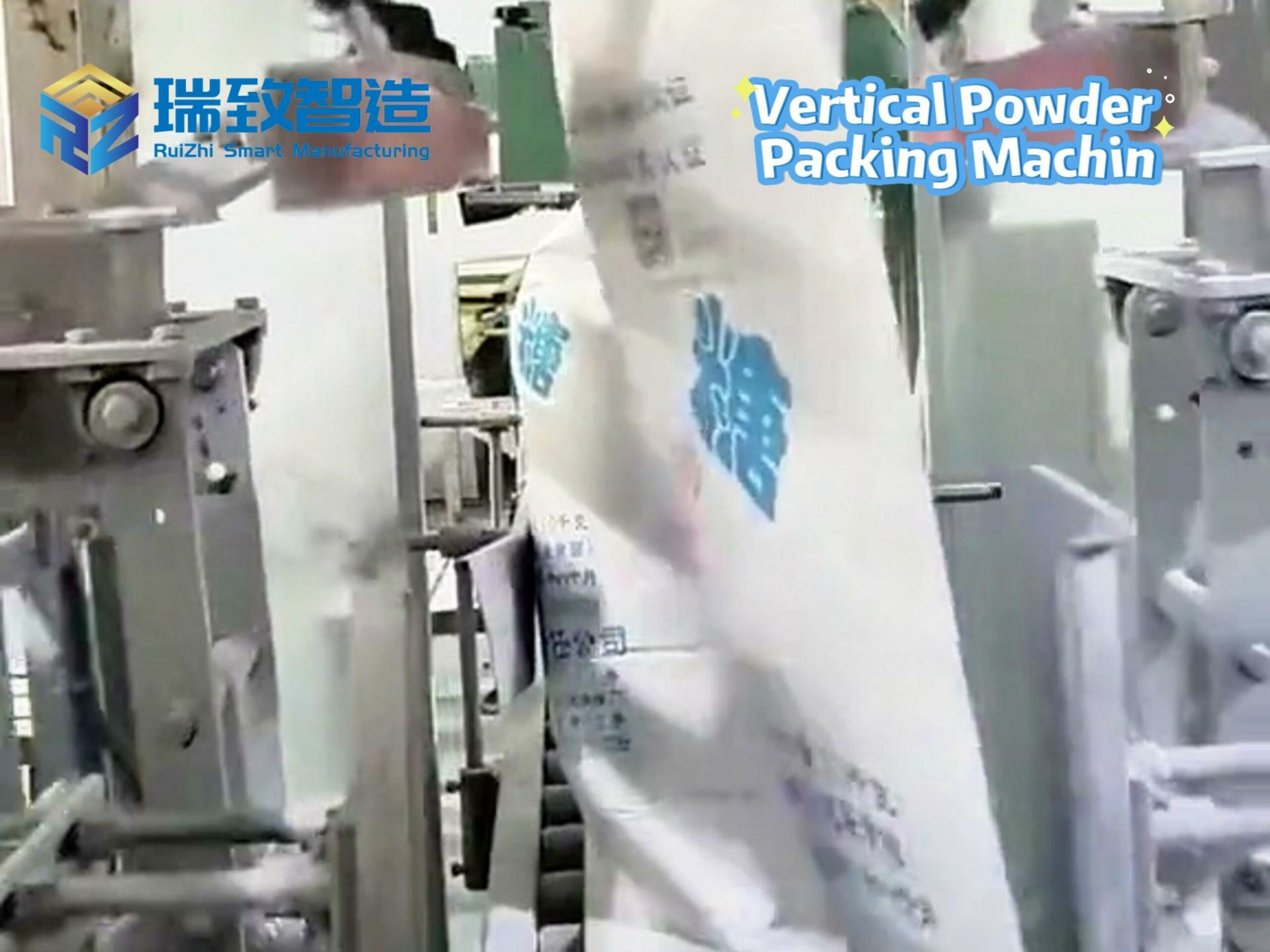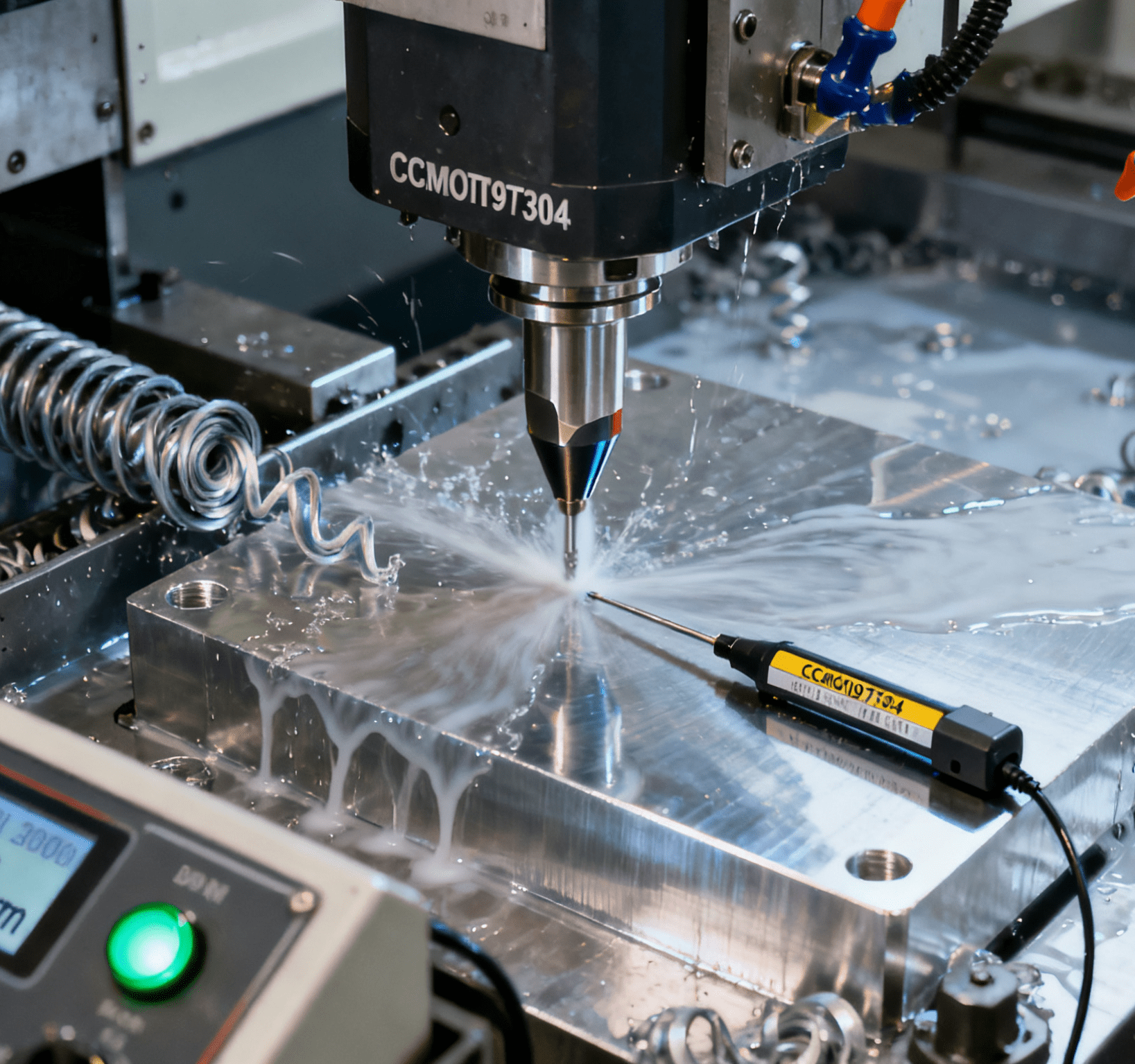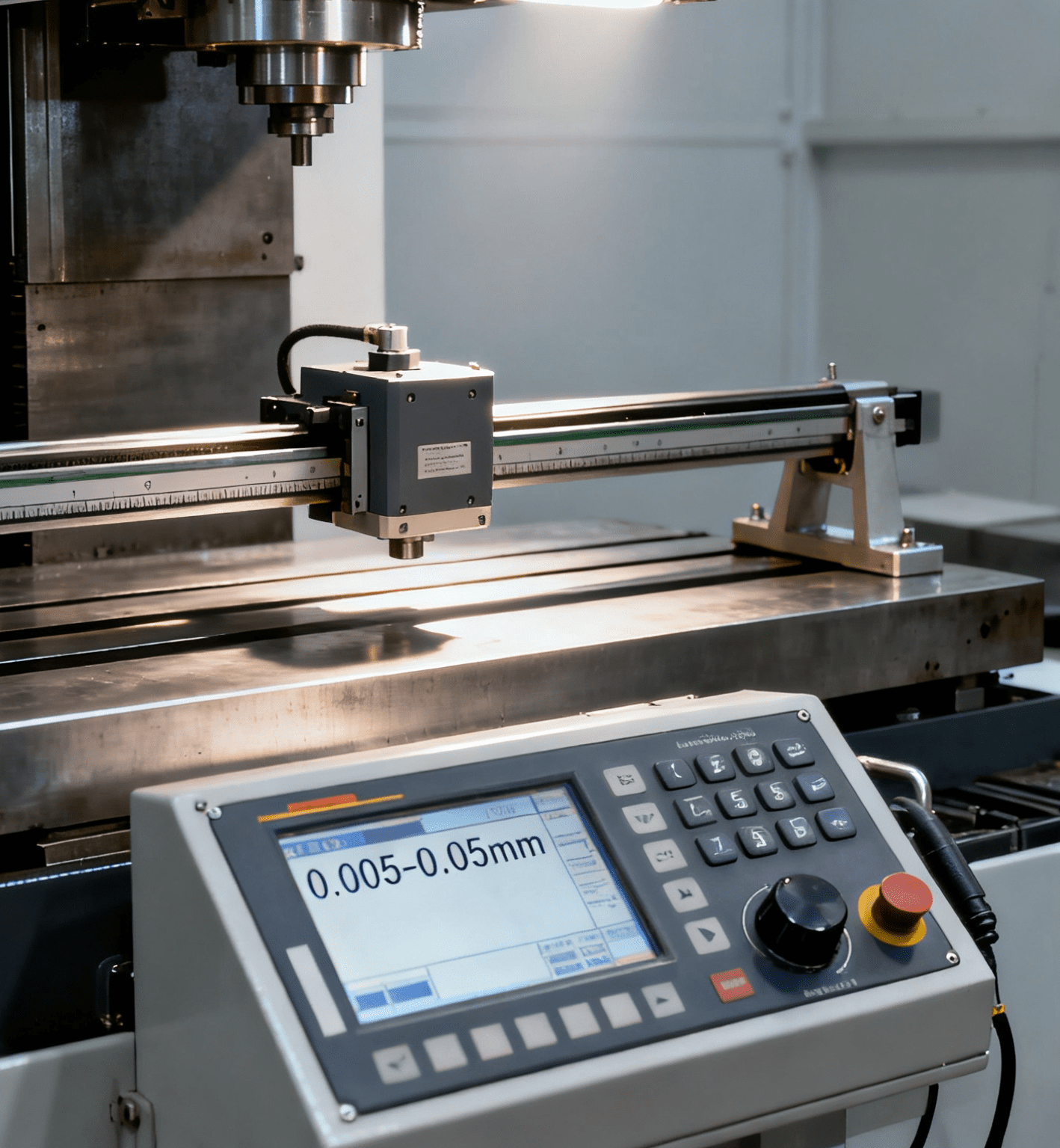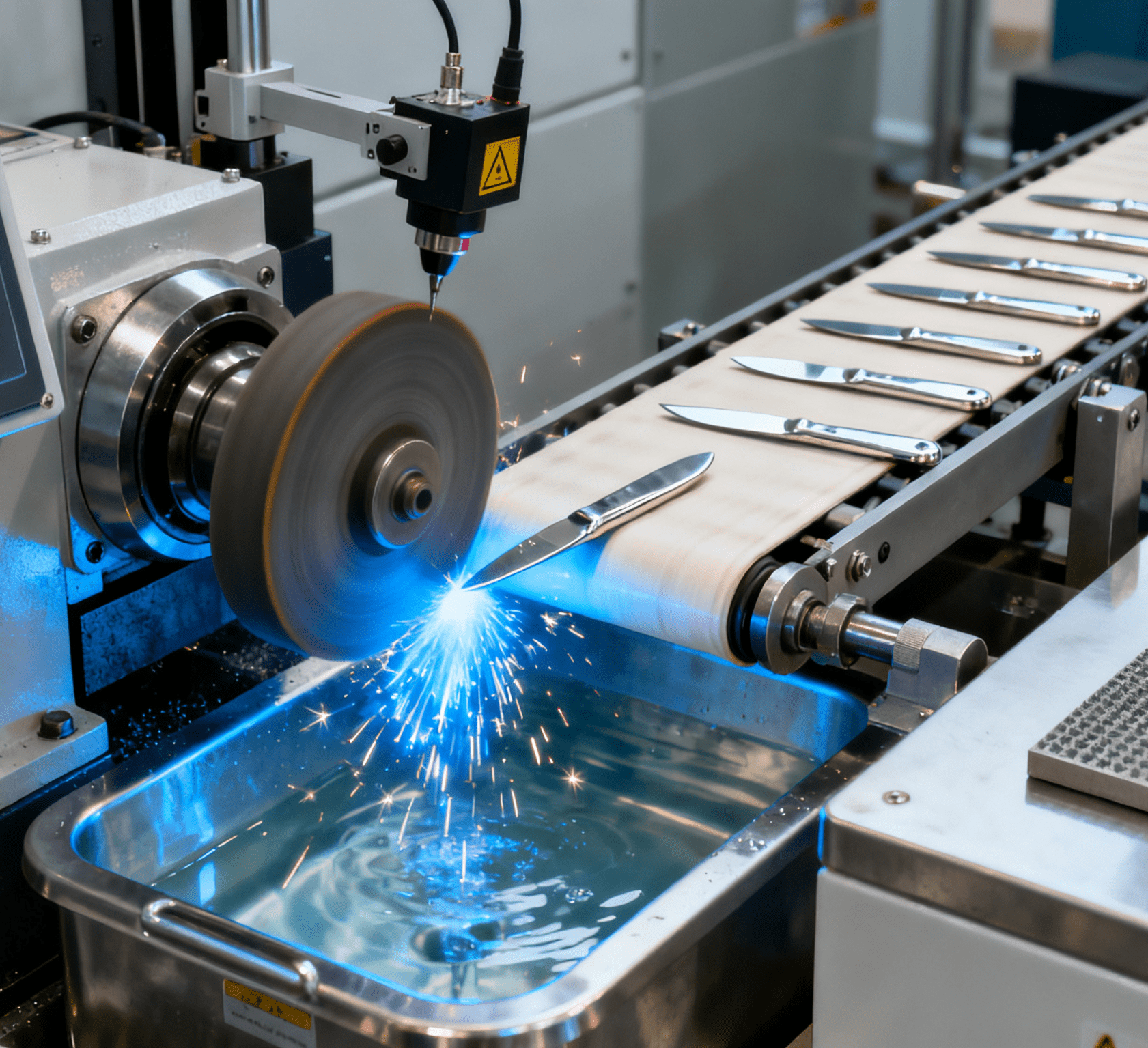Table of Contents
ToggleWho Will Be the King of Industrial Communication Networks?

I. Introduction: HMS Networks 2025 Annual Report and Key Insights
After robust growth in 2023, the industrial network market experienced a moderate slowdown in 2024, with newly installed nodes declining by approximately 10–11%. This downturn is primarily driven by challenging economic conditions, persistent global uncertainties, and overcapacity in highly automated sectors such as automotive and manufacturing—particularly in Europe.
Despite the broader growth deceleration, research highlights that industrial Ethernet continues to solidify its dominance, while traditional fieldbus technologies are accelerating their decline. Over the past two years, shortages of electronic components sustained demand for serial-based fieldbus solutions as companies prioritized availability over innovation. However, with improved component supply and intensifying cost pressures, the market has shifted toward more scalable and cost-effective Ethernet-based communication technologies.
HMS Networks’ 2025 report projects sustained growth for the industrial network market, with a compound annual growth rate (CAGR) of 7.7% over the next five years. While 2025 is expected to see growth below this average due to current market headwinds, a rebound is anticipated in subsequent years, confirming the increasing criticality of network connectivity in modern factories.
II. Ethernet: From Challenger to Unchallenged Ruler
In 2025, the industrial network landscape is witnessing a definitive power shift. Ethernet-based solutions now account for 76% of new node installations, up from 71% in 2024, marking their transformation from niche communication tools to the backbone of industrial infrastructure. The leading protocols in the Ethernet domain are:
- PROFINET: Expanded its lead to 27% market share (23% in 2024), solidifying its status as the dominant standard.
- EtherNet/IP: Held steady in second place with 23% (21% in 2024), driven by its strong presence in North American manufacturing.
- EtherCAT: Sustained robust growth at 17% (16% in 2024), favored in high-performance automation applications.
- Modbus TCP: Remained stable at 4%, serving as a reliable choice for simpler industrial setups.
- Other protocols like POWERLINK and CC-Link IE saw minor fluctuations but maintained stable market positions.
III. Fieldbus: From Throne to Margins
In stark contrast to Ethernet’s ascendancy, fieldbus technologies are in rapid decline. In 2025, they accounted for just 17% of new node installations, down from 22% in 2024. Key developments in the fieldbus domain include:
- PROFIBUS: Remained the largest single protocol but saw its share drop to 5% (7% in 2024), reflecting broader industry migration to Ethernet.
- DeviceNet, CC-Link, Modbus RTU: Each experienced a 1-percentage-point decline, pressured by Ethernet’s cost and scalability advantages.
- CAN/CANopen: Held steady at 2%, primarily in specialized applications like industrial vehicles.
- Remaining fieldbus protocols combined accounted for 4%, highlighting the niche role of legacy technologies.
IV. Wireless and 5G: Supporting Actors or Future Game-Changers?
Wireless technologies maintain a stable 7% share of the market, serving as flexible complements to wired networks. Key use cases include mobile connectivity for automated guided vehicles (AGVs), retrofitting legacy systems in hard-to-wire environments, and temporary industrial setups.
Adoption of 5G in industrial automation remains slow due to complex infrastructure requirements, high deployment costs, and challenges in achieving cost-effective real-time performance with cellular chips. Nevertheless, early deployments in Asia—particularly in smart factories and logistics—demonstrate its potential to revolutionize industrial communications, despite current hurdles.
V. Regional Dynamics: Diverging Leadership in Key Markets
The battle for industrial network dominance varies significantly across regions:
- Europe: PROFINET and EtherCAT dominate, supported by strong demand for precision control and green manufacturing initiatives. Emerging technologies like APL (Advanced Physical Layer) and SPE (Single Pair Ethernet) are being adopted rapidly here.
- North America: EtherNet/IP leads as the 本土化协议 (“local protocol”), while IO-Link and SPE are gaining traction, signaling a shift toward smarter device connectivity.
- Asia: China has become a strategic battleground for PROFINET and EtherCAT, while Japan’s CC-Link IE—leveraging time-sensitive networking (TSN)—has established strongholds in electronics manufacturing and high-precision industries.
Behind these regional trends lies a strategic ecosystem rivalry: Siemens champions PROFINET in Europe, Rockwell defends EtherNet/IP in North America, and Mitsubishi protects CC-Link IE’s Asian footprint. This competition has evolved beyond technical specifications to a battle for standard-setting authority.
VI. The Future of Leadership: Ecosystems Over Protocols
HMS Networks’ report emphasizes that over the next five years, Ethernet’s dominance will deepen as OT (operational technology) and IT (information technology) converge. The next generation of industrial network leaders will be defined not by protocol superiority but by ecosystem integration capabilities—the ability to:
- Bridge the data pipeline from sensors to cloud platforms;
- Seamlessly integrate legacy and modern devices;
- Enable flexible, data-driven manufacturing scenarios in smart factories.
The decline of fieldbuses mirrors the “extinction of dinosaurs” in industrial history—obsolete not due to competitive flaws but because they failed to adapt to a data-centric era. Industrial Ethernet’s rise exemplifies the triumph of open, interoperable ecosystems over closed, proprietary systems. As every factory device becomes a network node and production data becomes a core asset, the technology that enables unhindered data flow will ultimately be crowned the true king of Industry 4.0.




















